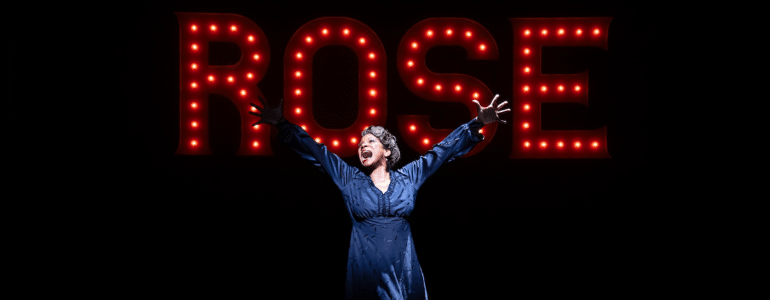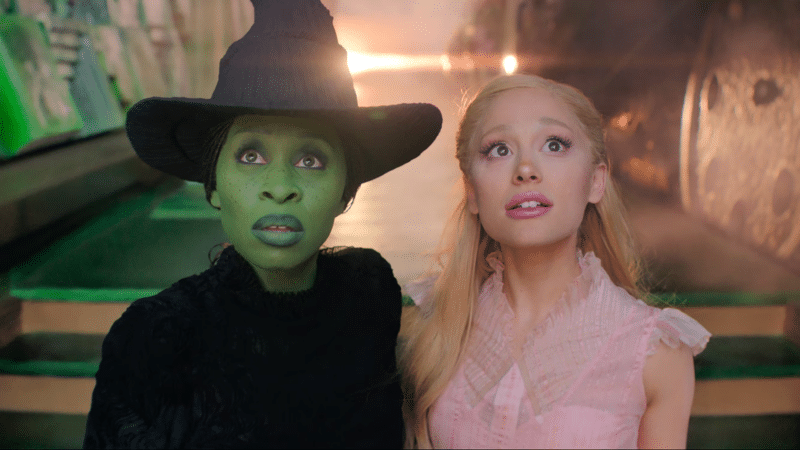Why We Should Stop Talking About %s.
We’re obsessed with %s.
I don’t know when it started, but it was before I started, for sure.
Because I was one of the obsessed too.
One of the primary statistics that we focus on when examining the health of a running show is what percentage of the theater is full.
X show is at 97.4%. Y show is at 47.5%. Z show is at 101.3%. (That last one throws everyone for a loop – but has to do with shows selling tickets that are not in their official capacity – usually standing room.)
So, you’d think right away that show X is super healthy, right?
But what if the ticket price for show X was HALF that of show Y?
Let’s use round numbers, and let’s imagine that the theaters are the exact same size – 1,000 seats.
Show X sells 97.4% of 1,000 seats for 8 performances at an average ticket price of $50 for a total gross of $389,600.
Show Y sells 47.5% of 1,000 seats for 8 performances at an average ticket price of $125 for a total gross of $475,000.
Which one would you want to produce, invest, direct, star in?
So why do we rush to look at the % number first? (And don’t even get me started on the difference in houses. 50% of a 1,200 seat house is the same as 66.67% of a 1,000 seat house. It’s like comparing apples to vegetables.
One of the reasons we rush to % comparison is because it’s easy, and also because it’s how we lay out our recoupment charts. We take %s of the capacity to determine gross levels, to let Broadway Investors know how long it’ll take to get their money back.
But in actuality, we shouldn’t look at %s at all. We should only look at grosses. A show could sell 100%+ if they chose to sell all their tickets for $20. But that show wouldn’t last too long. In fact, I’d much prefer to gross higher, with a lower capacity, keeping the average ticket price high, and creating room to grow if/when demand increases. This is a recipe for a longer run.
To put it the way a mentor of mine described it to me (and he was a Broadway box office treasurer for decades) . . . “Ken, to make a show work, you only need to sell ONE ticket a week . . . if that ticket costs $1mm.”
When evaluating the health of a show that is running, or the potential health of a show that you are interested in investing in or producing yourself, look at the grosses, or your potential grosses, not the percentages.
When the Broadway League shares the grosses every week, which numbers do you look at first?
Podcasting
Ken created one of the first Broadway podcasts, recording over 250 episodes over 7 years. It features interviews with A-listers in the theater about how they “made it”, including 2 Pulitzer Prize Winners, 7 Academy Award Winners and 76 Tony Award winners. Notable guests include Pasek & Paul, Kenny Leon, Lynn Ahrens and more.














